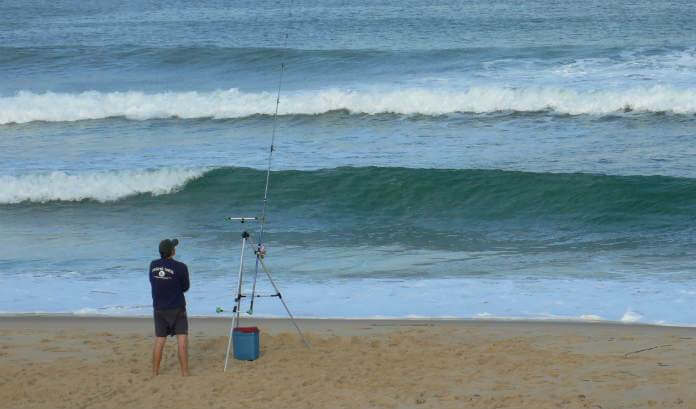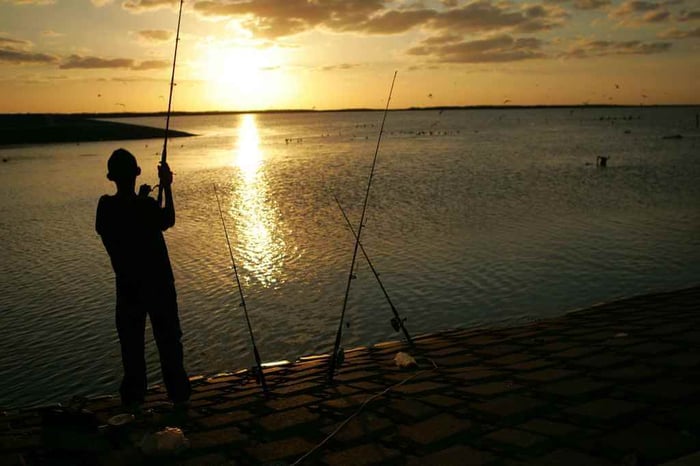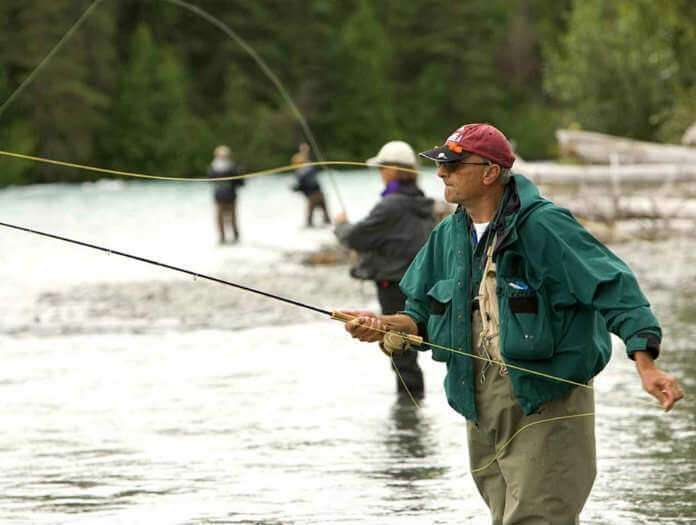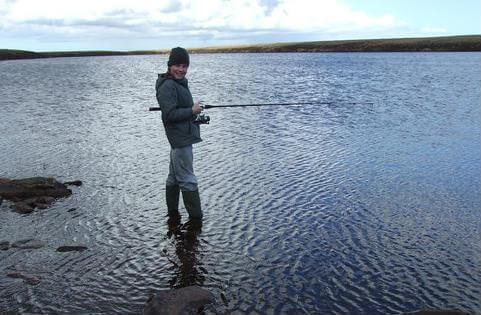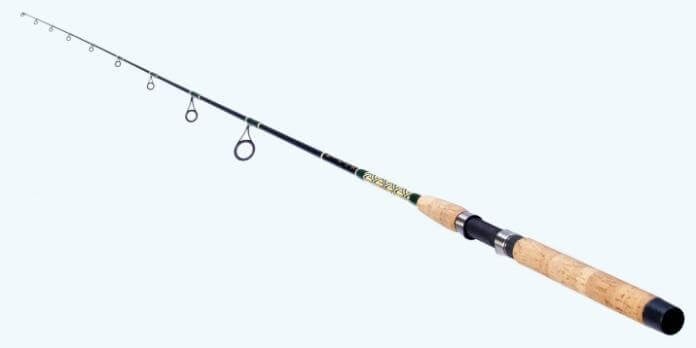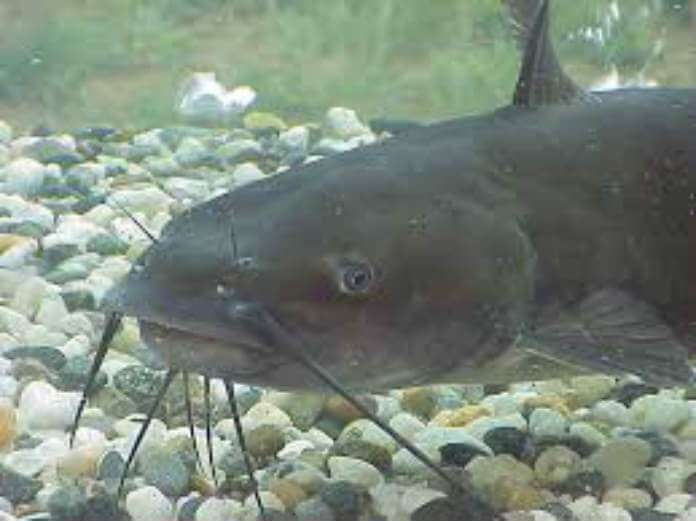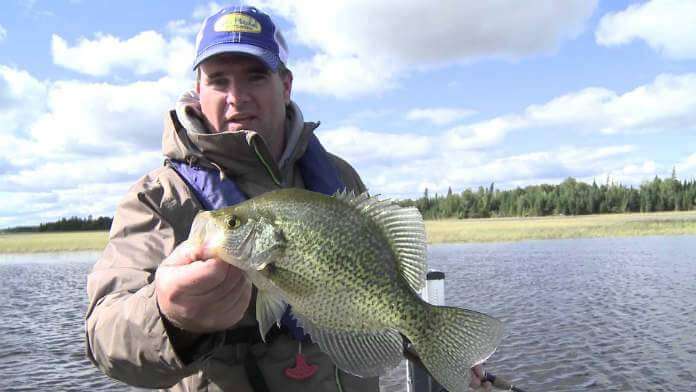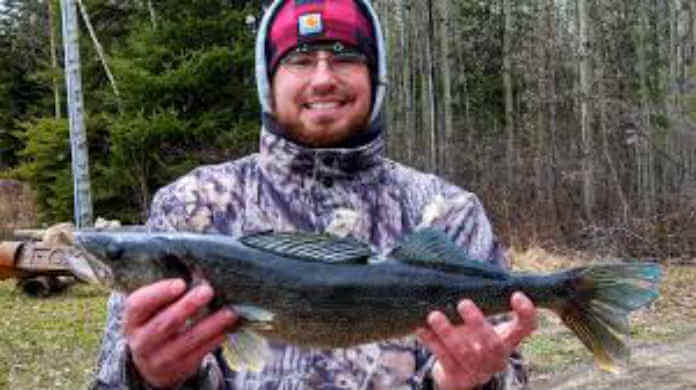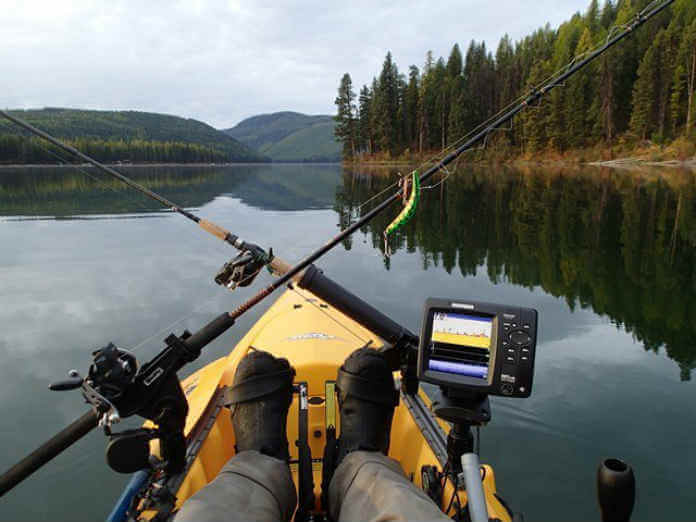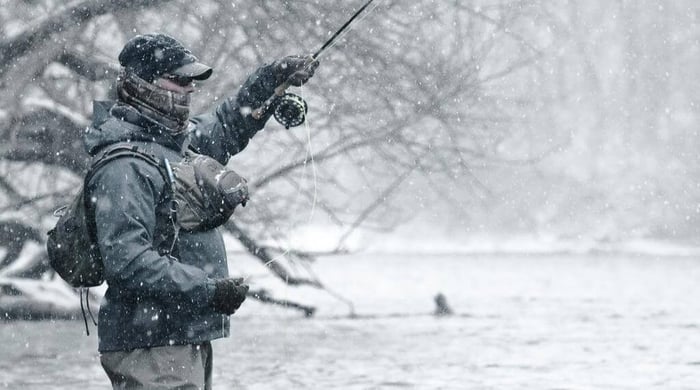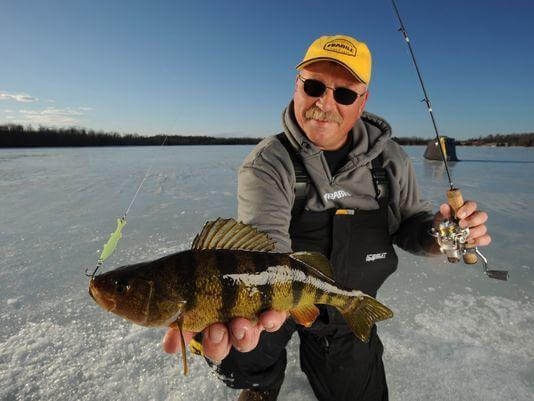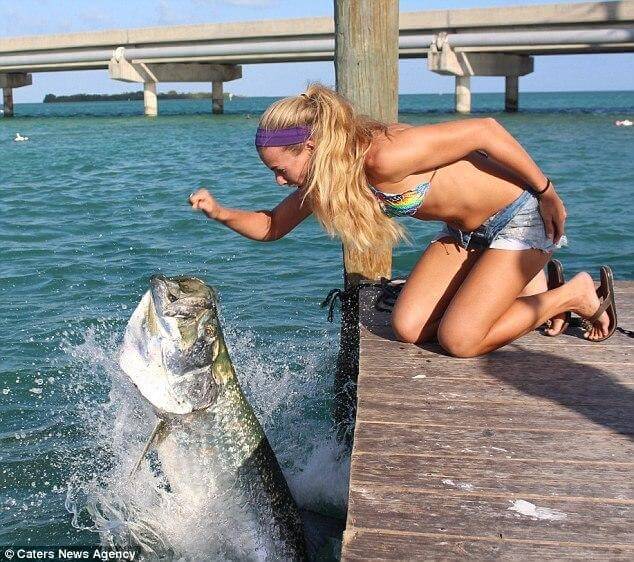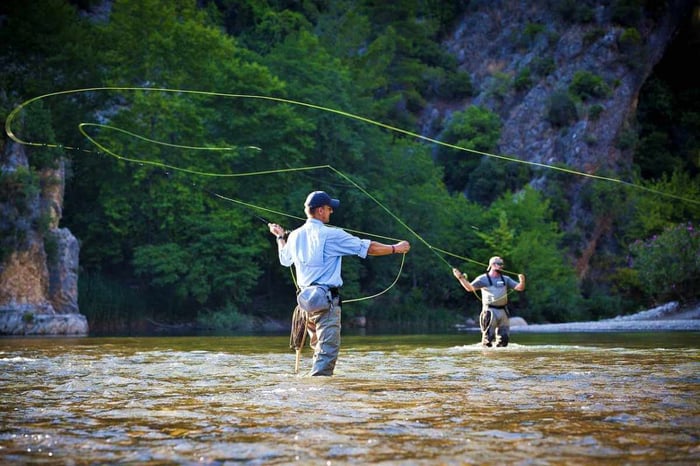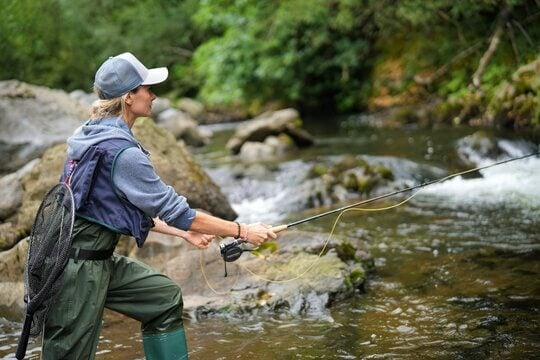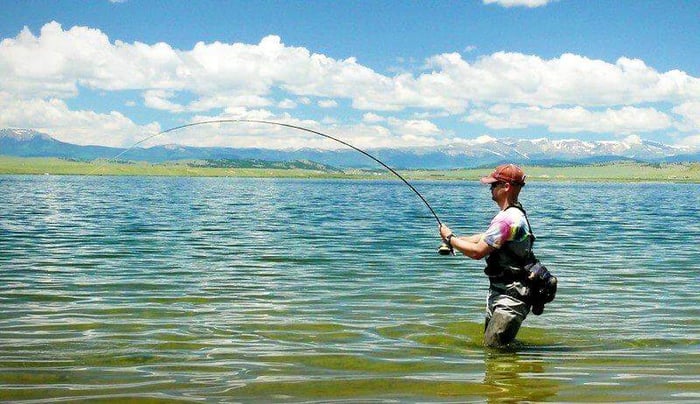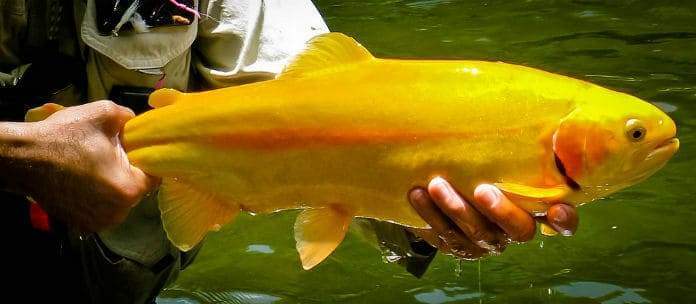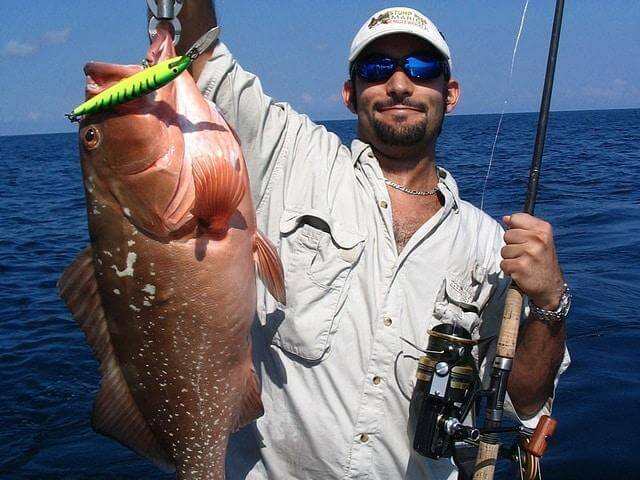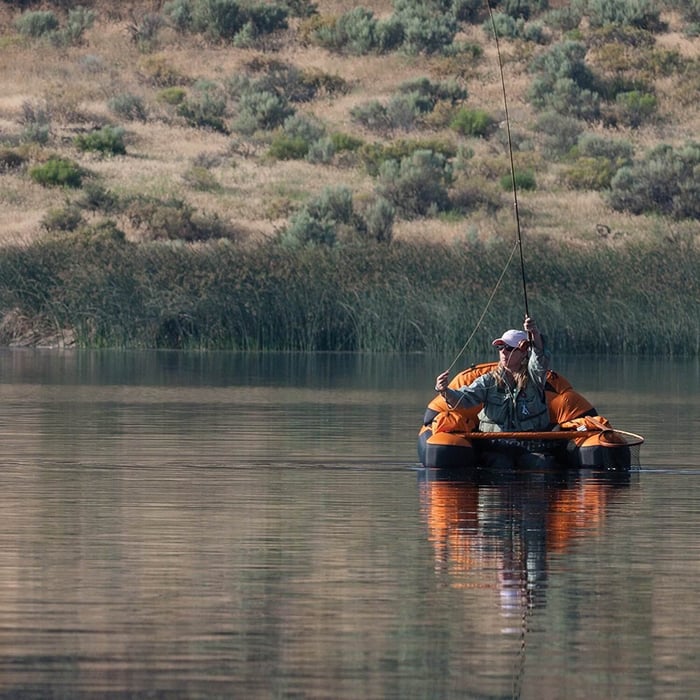Stressed at work or maybe at home? If only you could eat all your stress out, but you can’t. So, why not take a break and go for a weekend break away?
Take a Break
Hear the bell ringing? Go and hit the beach! The pursuit of having an enjoyable and happy fishing experience with the benefit of dumping all your stress from work and at home shouldn’t cost you many bucks and another headache.
There are many different activities that you can do while at the beach, but if you’re looking for something new to try on, why not go surf fishing?
Somersault
Surf fishing is one method of fishing that requires you to wade in the surf or stand along the shorelines. It might look and sound simple as that, but surf fishing is seriously extremely dangerous, especially for less experienced and new fishing in a saltwater environment.
Contents
Dive In
Surf fishing offers a form of sport and allows you to perform great exercise and a hobby that you can get addicted to. If you love fishing but don’t have the budget to do offshore saltwater, well, that’s not an excuse. You can go onshore! Start packing up your reels and bring in the game.
Some anglers do not want to fish from a boat and prefer to fish along coastlines. So you’re not alone. Don’t worry. Just like you, these onshore anglers love to chill on land-based platforms like docks, wharves, jetties, and piers and also on beaches. Are you ready to dance with the waves?
You want to catch fish on saltwater, but you don’t have a boat. No problem! And you also don’t need to rent one because, in surf fishing, all you need are just the basics and patience. A beginner on surf fishing will need better knowledge and understanding of surf fishing and a packed-up starter backpack. Feel free to check out these tips and be like Dora the Explorer!
You already know what surf fishing is. All you’ll have to know now are the tools that you need to bring. Maybe a flashlight? Or how about a map and ask the map where to go? Well, why not?
Tip # 1. Be like Dora – EXPLORE!
Knowing where you would want to fish will give you a greater chance of success in bringing a full home cart piled with a significant catch. Also, it will give you an idea of the area where the fish you’d want to catch is usually hanging out. The sea is too wide and deep to expect that you can just cast a line and lure a fish onto your hook. Fish, in their nature, moves a lot, especially schools of fish. They will go around up and down in the surf. So, how to spot an excellent place to fish?
Walking along the beach at low tide allows you to relax and breathe in the fresh sea breeze and allows you to explore. You can also set an expedition by driving on the beach with your four-wheeled truck! This can be a lot of fun and an adventure at the same time. Also, remember to wheel it on a low tide so you won’t have any road and fun block. But if you happen to have a tough time driving your wheels through the beach, what you can do is lower your tire. This will create more responsive steering on soft sand and will help you on your way through.
While you’re on your exploration, make a note of the type of soil and the changes in the seabed. If it’s sandy, muddy, or any sight of shellfish beds and patches of weed and rough ground. Also, you can look out for points of land along the coast that jut out into the ocean. Another is to look for gullies, dips, hollows, and sandbanks, as these areas may have a school of fish roaming around. This is just one of the indicators where fishes feed, and you can take that advantage. You can use Polaroid glasses to see things clearly and avoid your eyes from getting hurt by the sun’s reflection.
Lastly, if it’s your first time in the area and you are not familiar with the place, you may also ask anglers who are fishing around the area for a good spot. Moreover, you can also search for websites that provide beach information and surf profile.
Tip # 2. Look for the signs!
Do you look for signs if he’s the right one? Most people often do that when they’re in love. And it would be best if you also did that too when surf fishing. Look for the signs.
Flocking birds on seawater or birds hovering around is a pot of gold for catching fish. Birds hover around to look for food and snatch a good one on the sea surface for a quick meal. Consider yourself lucky when you see them on the beach, as this might be your lucky day to catch a bucket full of gamesters.
Tip # 3. Time is gold.
Summer, winter, spring, or fall? Does it matter? The beach, the sand, and its waves and wind are in a constant dynamic change. Nothing stays the same for long, and new seabed features are created, especially after a storm. Planning it in summer or early fall is the best time to do surf fishing, especially from March to November. Though in some years, surf anglers have good fishing.
Take, for example, on the East Coast shores to Florida during the fall. Frenzied surf anglers pepper these sandy shores in pursuit of the famous Bull Redfish. On the other hand, tailor and Salmon are some of the species that are abundant during the winter. Westerly winds accompany cooler months, so better not forget your woolies when you’re at the beach. Lovely balmy summer is perfect for you to dive in surf fishing. Fish like the Swallowtail dart and flathead are prolific and are swimming around on many beaches during this time of the year.
Summer has its warmth, but too much exposure to sunlight and UV rays can hurt your skin and cause sunburn. You must include protective glasses, sunscreen, a hat, and protective clothes. Water and food are also necessary to prevent you from losing too much energy, avoid dehydration and keep you going through your most important day.
Tides, currents, and weather play a significant role in surf fishing. The key to learning how to surf fish effectively is putting this saying into your heart and mind ‘Time and Tide wait for No Man.’ Fish nearly always feed at dawn and dusk. And the best time to surf fish is always around high tide.
Ever notice a calm area in the waves or observe smoother flatter seas? You might just hit the jackpot! This might be a potential spot or a fish-holding gully and a good indicator of an excellent place to surf fish in. Calm areas usually indicate a “hole” or a “pocket” in the sand structure.
Identifying changes in the surf will help you locate fish. The Wind also has a significant factor in your fishing success. So, whether you like it or not, when you’re planning to surf fishing, watch the weather.
Tip # 4. Surf with the right tools.
Flounder, Redfish, and Blues hang out near a sandbar. With the correct surf fishing gear and tools such as rigs, baits, and rods, a fulfilling weekend escapade and a worthwhile fishing experience is just one splash away. A surf fishing outfit would only cost you under a hundred dollars for beginners.
Here is a list of tools and a quick guide on choosing your tools that are fit for surf fishing.
Rod and Reel Combo:
To start, you must find a surf fishing rod that will best suit you. Surf rods are generally used only when fishing from the beach or planning to fish on a rocky coast. A 10 to 12 ft good medium-sized rod is best to buy. These rods are built for distance and power. And they are the best to use by beginners because these rods are easy to handle, not heavy, and easy to cast.
These rods are engineered longer than the available rods. A longer length is essential to give the angler more power when casting. It also makes it easier to hold the line out of rough waters, and longer rods keep the bait in a position that allows you to increase and maximize the chance of hooking a fish in conditions where waves are at the action. You can match this babe with a reel that you feel most comfortable with and exhibits a good balance when placed on your rod.
Baits:
There are a lot of baits to choose from. But the best bait to surf fish is sand fleas. Sand fleas are the most common food for fish swimming on the surf. Use fresh sand fleas instead of frozen ones. You can catch fresh ones using a sand flea rake along the surf during a high tide. And they are also best seen at night.
But if you don’t have that much time and don’t want to catch sand fleas, you can also use artificial baits like Berkeley Gulp Sand Fleas. And hook it from the bottom side through the digging flipper then through the back of the shell. Moreover, live shrimps and fresh peeled shrimp, and fiddler crabs are also just some of the other bait you can choose.
Rigs and Weights:
There are three types of rigs that you can use in surf fishing. These are fish finder rigs, fireball rigs, and a double-drop bottom rig. The fish finder is the best rig to use in surf fishing, especially for newbies in surf fishing.
You’ve got a question in mind, and that is how the heck do you use a rig? What you’ll be doing is first to set up the rig. It is composed of a hook which you can choose depending on the size and on what bait you prefer; a heavier sinker that can be a hurricane style or a sputnik; a heavy-duty slider that is attached to your sinker; and lastly, a swivel to attach the shock leader and hook. By attaching these parts and setting it up, you’re now on your way to surf fishing.
What if there are no fish finder rigs available? The second best next to the fish finder is the drop rig. More experienced surf anglers also add that the best rigs to use in summer are Mullet rigs and Kingfish rigs, while during fall, use Bluefish and Striped Bass rigs. On the other hand, pyramid and spider weights are proven to work well in surf fishing.
A Mix of Mono and Braided Line:
Another important thing to put into mind is the difference between using braided and mono lines. Both of these fishing lines have their advantages and disadvantages. Braided lines have a low tolerance to abrasion and exhibit minimal stretch. The disadvantage of using a braided line is that it can easily snap off, especially when you are fighting with a fish and the fish takes the fight to the reef or rocks. Another disadvantage is that braided lines are difficult to set with a sinker during large and heavy wave actions. But the good thing about it is it casts about ten to twenty percent farther than mono.
On the other hand, using monofilament lines has its issues on losing bite sensitivity and casting distance. Use a 15lb to 25lb mono or a 30lb to 50lb mono line. These are best when you’re doing a longer bottom fishing combo. However, a 10lb to 15lb or a 20lb to 30lb monolines is best for casting rigs and spoons in doing a smaller combo.
Now, you know how to choose your tools. Are you ready to cast the line? There are techniques and methods that you can use to cast your line effectively. One is the sidearm cast. In doing a sidearm cast, you have to make sure that you make a lot of room and that there are no people near you to avoid injuring people swimming or those near you.
The second is casting over the head. This is the best way to cast when surf fishing. When casting, check your line and keep it untangled around the tip, as this will cause the line to snap. Now you’re ready to launch the rig out to the sea. Then shift your hips into the cast, and lastly, put your dominant foot forward in the direction you casting.
Tip # 5. Make it a hobby!
Do you love the surf? Since you now know a lot about surf fishing, you’re now ready to take on the lead. So, why not make it a hobby? You can do a lot better in surf fishing when you practice. As the saying goes, “practice makes perfect.”
